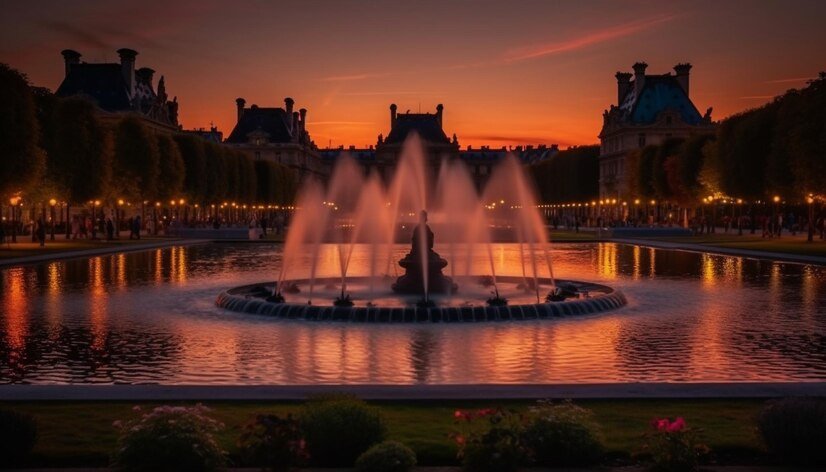As part of any home upgrade project, take steps to incorporate energy-saving plumbing options. Low-flow showerheads, toilets and faucets utilize less water than traditional models and could save on your utility costs.
Upgraded pipes made of safer materials like PEX and copper will also increase the value of your home, as buyers want assurances that their plumbing system is up-to-date and in excellent condition.
If you would like to hire a professional to upgrade your plumbing system, get in touch with PlumbTech – the pros with years of experience in addressing their community’s plumbing needs.
Low-flow toilets
Existing toilets could be using up to 7 gallons per flush and, by replacing them with eco-friendly models, your indoor water consumption could be reduced by 20-60 percent.
Low-flow toilets help conserve water by using less than 1.6 gallons per flush, helping preserve groundwater resources and relieve pressure on local sources, creating an overall positive environmental impact.
At first, low-flow toilet installation costs may seem more costly than standard models; however, their investment will pay dividends through reduced utility bills and enhanced property resale value.
Early low-flow models were notoriously susceptible to clogging, but modern designs have solved this issue. To maintain optimal performance, only flush human waste and toilet paper. Feminine products, paper towels and diapers are best left in the garbage can.
Tankless water heaters
If you’re shopping for a new water heater, think tankless. Tankless systems save space while offering an endless hot water supply and can use up to 24 percent less energy than traditional storage tanks.
When purchasing a unit, be sure to check its temperature rise rating and GPM capacity to meet the needs of your home. For instance, if you reside in Michigan or Washington states where groundwater temperatures are 30 F colder than Florida’s, a tankless system capable of providing a 68 F temperature rise at 2 GPM might be needed to accommodate hot water needs for your household.
Tankless water heaters typically cost more to install than storage tank units and may require professional retrofit services to upgrade plumbing, gas lines and electrical service (for electric models).
To prevent mineral build-up from compromising your system and increasing costs over time, schedule annual maintenance from certified professionals, including changing filters as necessary and performing vinegar flushes every 3 to 4 weeks in areas with hard water.
Water-wise pipes
Water and energy efficiency is something plumbing fixtures play a large part in. By choosing eco-friendly appliances like low-flow showerheads, touchless faucets, and toilets as upgrades, homeowners can save water without compromising comfort or convenience.
Insulated hot water pipes also reduce heat loss, helping increase energy efficiency in homes that rely on well water, saving both energy costs and expenses related to water usage. Insulating hot water pipes may even save money by helping save on expenses related to both energy use and costs associated with well water supply.
Energy efficient appliances like tankless water heaters or clothes washers use significantly less electricity, helping homeowners lower energy bills while decreasing environmental impact. By offering such services to customers, plumbers can add value and increase profits quickly; foam pipe insulation offers a simple solution for insulating hot water pipes – it comes in cut lengths that are easy to attach.
High-efficiency fixtures
Many homes and businesses still keep outdated plumbing fixtures long after they should have been done so, even though their efficiency can be inferior to that of more modernized models and often wastewater resulting in higher energy bills and potential health and safety risks for users.
Modern faucets and shower heads have features that significantly lower their consumption. The most efficient use of an aerator or flow restrictor to minimize consumption without impacting pressure; shorter showers, shutting off the faucets when using the bathroom or doing the dishes and using filtered water are additional ways of conserving water usage.
Upgrading your plumbing fixtures and heating system to be energy efficient is beneficial to both the environment and wallet – saving on utility costs while increasing the resale value of your home and conserving a precious resource like clean water.





